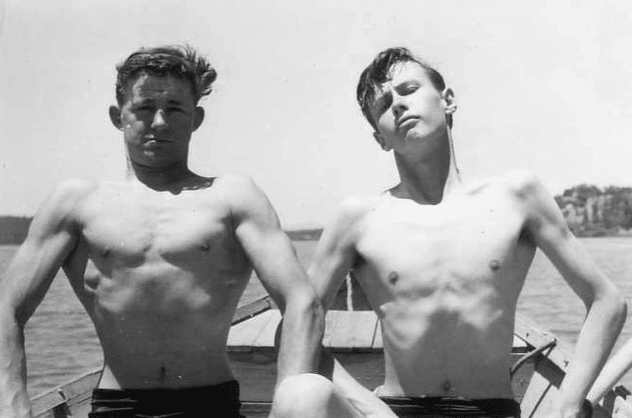I guess I am one of the men this article is about.
How Living Alone Will Transform Men
By Bella DePaulo, Ph.D
Single at Heart at PsychCentral

Writings about single life – both popular and academic – focus overwhelmingly on women. Because marriage, traditionally, is supposed to be more important to women than to men, in theory more central to their identities and their happiness, single life should be especially problematic for women. Research begs to disagree about the happiness presumption, but no matter. Angst-filled writings about women living single continue to proliferate.
Alongside the tired old tales of those “poor” single women is a counter-narrative. It is one of strength, fulfillment, and independence. That story is often told of single women who live alone.
By living alone instead of with a husband and children, women are liberated from traditional roles and expectations. They are no longer the short-order cook, the cleaner-upper, and the laundress for a house full of family. They are freed of the emotional work of shoring up egos and soothing bruised feelings. They don’t have to account to someone else for the money they spend. They also learn how to do the kinds of things that husbands traditionally did – or they find someone else to hire or to help.
What is less often noticed is what men get out of living alone. That has changed with Lynn Jamieson and Roona Simpson’s academic book, Living Alone: Globalization, Identity and Belonging. They point out that as more and more men (and women) live alone in their early adult years, they are learning all sorts of skills that used to be the bailiwick of the other gender. In married life, for example, women were traditionally the “kinkeepers” and the social schedulers. They kept in touch with family, kept up with friends (if the friends had not been ditched), arranged social gatherings, and covered all of the other socioemotional tasks of the couple.
In their interviews with people living alone and in their review of the relevant writings, the authors found that most young men living alone are doing just fine. They have networks of friends and relatives and keep in touch with the people who are important to them. They don’t need a wife to have a social life or meaningful human connections.
That is important in and of itself. But it is also significant for what it suggests about the future. Right now, if you study people who live alone, as the authors and others have done, what you typically find is that most solo dwellers are doing fine. There is an exception, though – when there are people who conform to the stereotype of the sad, lonely, and isolated person living alone, those people are disproportionately older men, particularly those who are unemployed or in poor health. Maybe today’s young men, when they get a lot older, will do a lot better if they live alone. They will already know how to have a good life while going solo.
~ Bella DePaulo (Ph.D., Harvard; Visiting Professor, UC Santa Barbara), an expert on single life, is the author of several books, including "Singled Out: How Singles Are Stereotyped, Stigmatized, and Ignored, and Still Live Happily Ever After" and "Singlism: What It Is, Why It Matters, and How to Stop It." Dr. DePaulo has discussed singles and single life on radio and television, including NPR and CNN, and her work has been described in newspapers such as the New York Times, the Washington Post, the Wall Street Journal, and USA Today, and magazines such as Time, Atlantic, the Week, More, the Nation, Business Week, AARP Magazine, and Newsweek. Visit her website at www.BellaDePaulo.com.
Like this author?
Catch up on other posts by Bella DePaulo, Ph.D (or subscribe to their feed).











